
Metamorphosis of Portraiture – Portraits Part II
Written by Sakshshi Mahajan
Documenting (primarily through photography/videography) our experiences and actions has become a way of life, especially with the growth of technology. Paintings and portraits from the past play such an important role in telling us about the history of a place and its people; if there wasn’t such a visual record we would not know much about our ancestors. Hence, portraits and history paintings were created for posterity and permanence. For a long time in history, creating art was considered to be a skilled trade and not a mode of expression or a hobby an individual could pursue. In the case of portraits, patronage played the most important role in determining the subject matter and content. Hence, till the Renaissance period, most portraits were created with the intent to express the likeness of the subject(s), which were confined to people in power and religious imagery.
By the turn of the 16th century, the subject matter of these portraits included the middle and working class carrying out banal tasks. Even though works were commissioned by wealthy patrons, portraiture became inclusive. Dutch artist, Vermeer’s paintings are an example of how the subject for commissioned works changed. Vermeer’s The Milkmaid and The Astronomer usher in a humanized outlook to portraiture. There was a marked change in the priority of depicting likeness of the sitter.
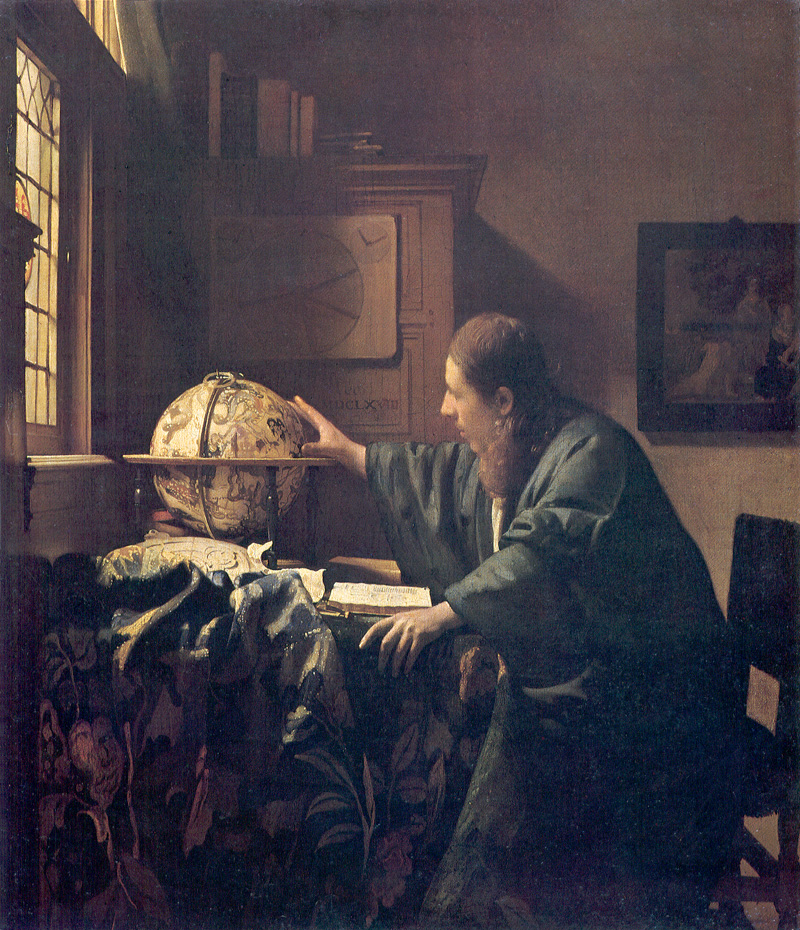
Soon, by the 19th and 20th century the definition of portraiture completely transformed. Impressionism and Post-Impressionism broke away from depicting objective reality, instead focusing on capturing the mood of a scene and emotions of people. The post-impressionist painter, Van Gogh, tried to convey the feelings of the portrait sitters rather than imitating their physical appearance. He used vigorous brushstrokes and vibrant colors to demonstrate inner qualities of individuals.
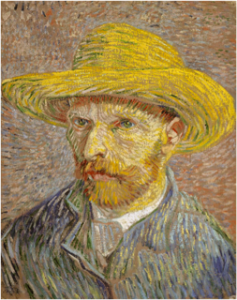
While impressionism influenced art forms like cubism, post-impressionism influenced modern art and the portrait had been completed transfigured. Georges Braque and Picasso’s cubism deconstructed and fragmented the face by reducing the natural form into its geometrical equivalents. There were various art movements that were focusing on line, color, form, and psychology to express human identity.
In the mid 20th century there were artists like Willem de Kooning, whose portraits explored the constantly shifting relation between abstraction and figuration through a series of glimpses. His works were bold; they had aggressive brush strokes and sharp colors. But more importantly they metamorphosed the woman figure completely, making them look grotesque almost.
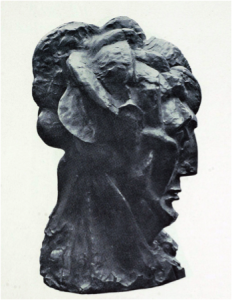
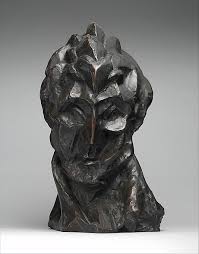
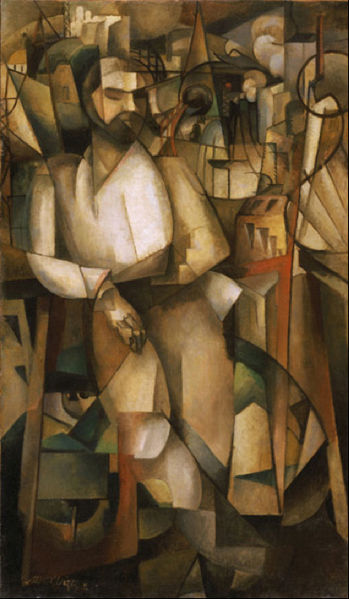

The British artist Lucian Freud was the father of the psychological portrait, which was intended to reveal the vital inner core of personality and not just the public surface. Freud revolutionized the relationship between the artist and the subject/sitter as well. His thick impastoed paintings and emphasis on texture dramatized his portraits and often explored the theme of loneliness. Francis Bacon, a contemporary of Freud, also painted graphic, bold and provocative images of people to depict anxiety and alienation. Some of his portraits reflect the fear that came during the Holocaust at the end of the Second World War.
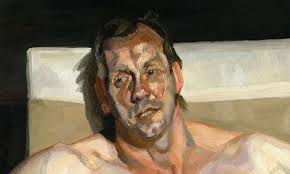
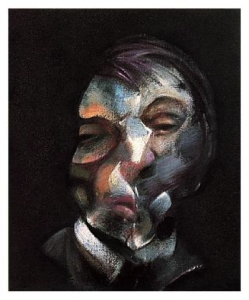
Today, contemporary portraiture has widened its parameters to include diverse media and now offers an array of new possibilities and dimensions for facial and bodily representation in terms of form and content. Photography and video art are also being used as mediums to capture the self.
There has been a long-standing debate about the importance of expressing likeness of the subject captured. Till the Renaissance period, the artists were imitating and at times exaggerating the physical appearance of the sitter, which was usually determined by the patrons who commissioned the work. Gradually, artists adopted psychological methods to also express the sitter’s soul and insight into their personality, mannerisms and nature. It was an attempt to go beyond superficial likeness that was just expressed through physical resemblance of the subject. Therefore, today a mere likeness is not enough; there must be an element of surprise, which makes use of the tool of the artist’s imagination to see past the subject’s discernable appearance towards a larger reality. Whether representing the face of the artist or another, the fundamental idea of a good portrait is to draw in the viewer and inform him or her of the subject’s essence, identity and existence. There always lingers an enigma that leaves you wondering about the character in the larger sphere of life.
